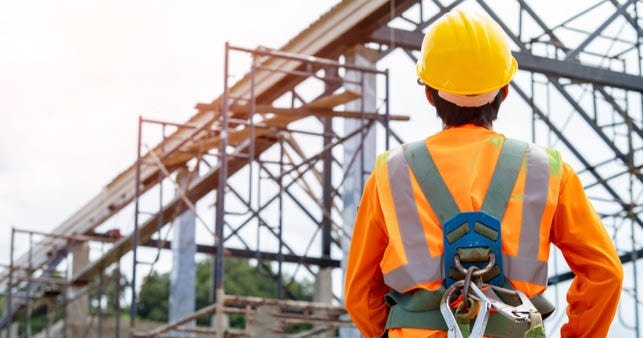Ensuring a robust safety culture within an organization is a multifaceted challenge that demands a strategic approach. To navigate this complex terrain, establishing a dedicated Safety Culture Strategic Committee is essential. This committee serves as the fulcrum for fostering a culture where safety is not merely a compliance requirement but an ingrained value that permeates every facet of the organization. The journey to elevate safety culture is guided by a set of strategic guidelines that amalgamate proactive measures, continuous improvement, and holistic engagement. Firstly, proactive risk assessment is the cornerstone of a resilient safety culture. The committee should spearhead initiatives that go beyond reactive responses, focusing on preemptive identification and mitigation of potential hazards. Regular audits, hazard analyses, and scenario-based drills should be conducted, ensuring that the organization is not just addressing existing risks but anticipating and preventing future ones.

This forward-thinking approach instills a sense of vigilance and responsibility among employees at all levels, fostering a collective commitment to identifying and addressing potential safety concerns. Continuous improvement is pivotal in maintaining the momentum of a thriving safety culture. The Safety Culture Strategic Committee should establish mechanisms for ongoing evaluation and enhancement of safety protocols. This involves feedback loops, incident analysis, and benchmarking against industry best practices. Encouraging employees to actively contribute to the improvement process creates a sense of ownership and empowerment. By integrating lessons learned from incidents, near-misses, and feedback into the safety framework, the organization evolves towards a state of perpetual improvement, adapting to the dynamic nature of safety challenges. Holistic engagement is another key dimension in elevating safety culture. The committee should champion initiatives that foster a sense of collective responsibility and camaraderie among employees. This includes regular safety training programs, communication campaigns, and recognition systems that celebrate safety-conscious behavior.
By creating an environment where safety is not viewed as a set of rules to be followed but as a shared value that unites the workforce, the committee lays the foundation for a sustainable safety culture. This engagement extends beyond the workplace, encouraging employees to prioritize safety in their daily lives and become ambassadors for the organization’s safety ethos in their communities. Furthermore, leadership commitment is indispensable in steering the organization towards a heightened safety culture. The Safety Culture Strategic Committee should work closely with top management to ensure that safety is ingrained in the organization’s vision and mission. Leaders must exemplify the values they seek to instill, making safety a Workplace Safety Committees non-negotiable priority. This commitment should manifest in resource allocation, decision-making processes, and communication strategies. When leaders actively champion safety, it sends a powerful message throughout the organization, reinforcing the significance of a strong safety culture in achieving overall success.